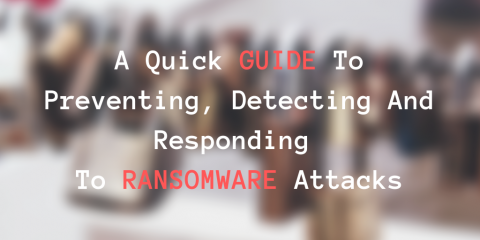Weekly Cyber Security News 28/06/2019
A selection of this week’s more interesting vulnerability disclosures and cyber security news. Here we are again, another week and another S3 leak. I really don’t understand how this keeps happening. Either its sloppy admin or people with no technical (or security) understanding is being let loose on a complex cloud service – both are not great. You would hope that when you call in experts to help with a problem, you are dealing with someone responsible.









